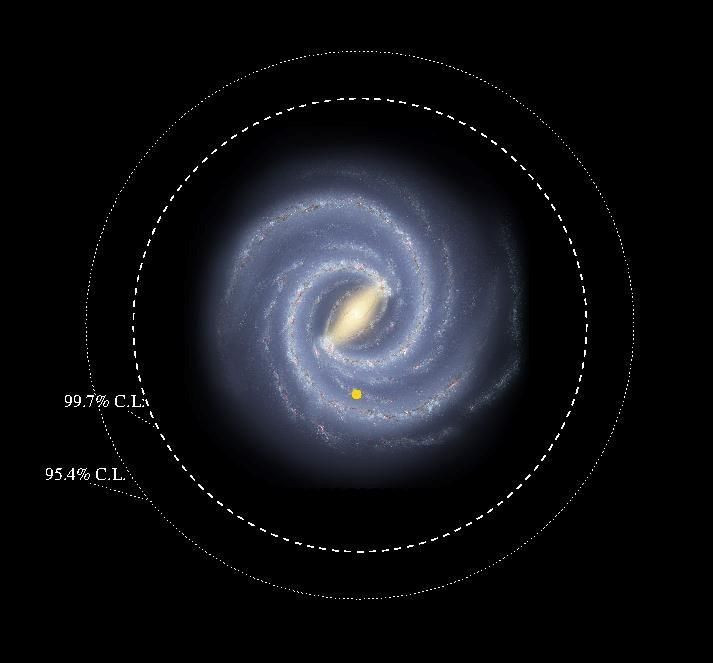Milky Way’s Disc Much Bigger Than Previously Thought, Study Reveals

A new study looking into the positioning of stars in Milky Way has helped researchers determine the disc of our galaxy is much bigger than we previously thought.
All spiral galaxies have really thin rotating discs which accommodate a major fraction of their stars. But, as the size of these discs is limited, the common theory says that beyond a certain radius, only a few stars are left to find. However, in their latest work, researchers from the Instituto De Astrofísica De Canarias (IAC), Spain, revealed a different story for Milky Way.
The second most important component of a galaxy after the disc, which includes the spiral arms, is the spherical halo surrounding it. In this study, the researchers compared the abundance of metals or heavy elements in the plane of our galaxy with that of its halo to demonstrate the stars sitting in the disc and halo extend much further out than we thought.
The group conducted a statistical analysis using data from two projects designed to analyze spectra of stars and determine their velocity and chemical compositions.
“Using the metallicities of the stars in the catalogues from the high quality spectral atlases of APOGEE and LAMOST, and with the distances at which the objects are situated, we have shown that there are an appreciable fraction of stars with higher metallicity, [a] characteristic of disc stars, further out than the previously assumed limit on the radius of the Galaxy disc,” study co-author Carlos Allende said in a statement.
Until now, researchers thought the sun orbited at about half the galactic radius and there were not many stars at distances more than twice to the sun. However, the latest findings change that and suggest the population of stars goes more than three to four times the distance between sun and the galactic center.
“The disc of our Galaxy is huge, around 200 thousand light years in diameter,” Martín López-Corredoira, the first author of the work, said on the basis of the latest findings.
The researchers added the method of conducting statistical analysis of data relating to a large number of objects has kept their results free from prior assumptions (except for a few basic or well-established ones), something that happens in the case of models and simulations. According to them, on some occasions, models only provide answers to the questions for which they were designed.
The study titled, “Disk stars in the Milky Way detected beyond 25 kpc from its center,” was published in the journal Astronomy & Astrophysics.
© Copyright IBTimes 2025. All rights reserved.





















